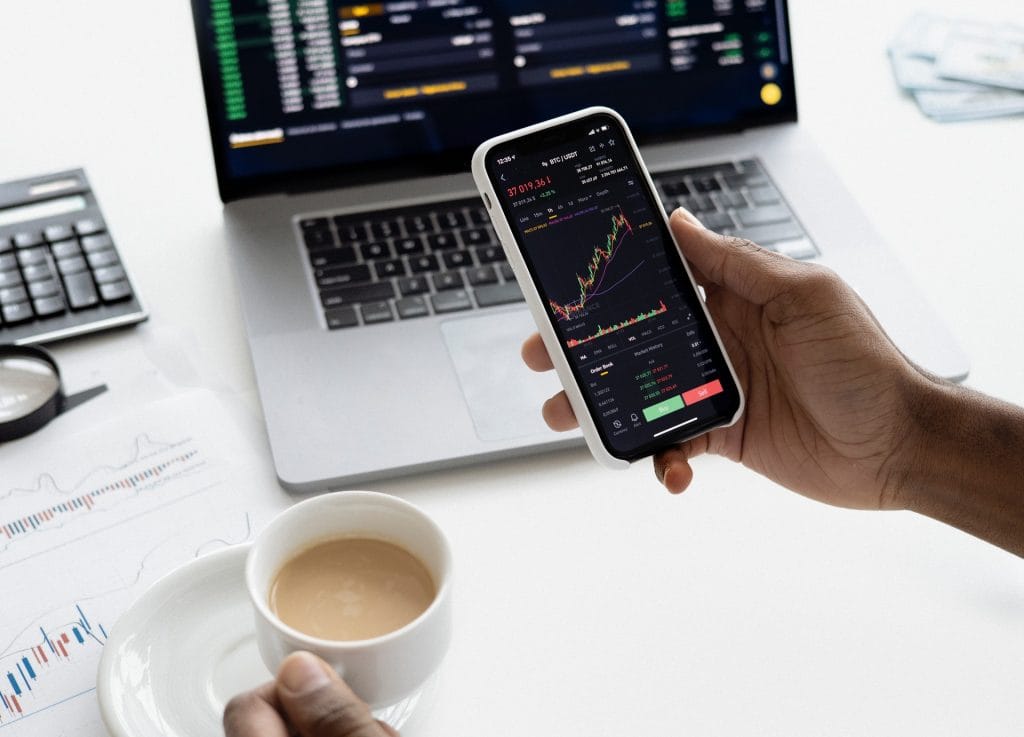stock
Possibly the most difficult question to answer in getting started in some serious investing. This is not a perfect guide as each person is different, this is MY APPROACH which you can feel free to follow or take parts of to apply them to your circumstances.
Questions to ask yourself
How much cash do you need to last an ‘Emergency Period’ of X Months?
X month is different for each person. I would interpret it as how long it could take until I start earning decent money again? For me this might be 2 months, for others it could be 6 months to a year, it depends on jobs, specialisation, business type, market, etc.
To determine this we’ll have to set up a simple
Personal Income Statement:

The main parts to this are:
– Income: for most people this will be on your payslip / salary
– Expenses: from your cash / credit card / debit spends
How much money do we need to live (on current spending patterns)?
It’s a good idea to log into your bank and some have features which will tell you how much you spend. Example Macquarie Bank
It’s best to find a base for your spending, either monthly or yearly. Then you can understand for yourself more easily. Just note that sometimes the spend can be skewed by a holiday or other expenses, so you can normalise these for a more accurate number. I.e I might only go on 1 holiday per year, so $14K would be much too high.
So… what’s my minimum? $2,900 per month. Yearly…. $35,100
Final Result: $2,900 per month. For 6 months I’ll Need $17,600
This money will be kept in cash (in a bank account) and (hope to) never touch unless you really need to.

How much cash do I have available to invest?
Take some time to form a to look at your cash balances and other assets. This will help determine how much money we have left over to potentially invest (As we need a buffer of $17,600 minimum).
Cool – maximum investment amount $62K, but
What would be a reasonable amount considering my circumstances?
Considering this further, we may want to bulk up our emergency fund to consider the following:
- Age / Closeness to retirement: The older you are the more you want to bulk up your fund with protected cash
- Dependents / Inheritance: You may have children on the way or want to pass on a lot of your wealth to kids / grandkids.
- Future Earnings Ability: you might have a successful job and be earning significant cash each year so your current balance feels particularly low
- Other Expenses
- Funding your retirement – ensure your super balance is adequate to fund your desired retirement lifestyle
- Upcoming significant expenses – holidays, purchasing a house, wedding etc
Examples
The below examples are simple examples not financial advice. Apply your own circumstances and knowledge to your situation before investing.
Simply put these examples will give you an idea of the maximum amount of money you could invest. The weighting is your personal subjective opinion on each of the 4 categories. You can find the template HERE to manipulate your own google sheet and set yourself up to invest! The additional steps below will add to your starting emergency funds to provide additional safety to your equity.
Example A: Young Person in a solid Financial Position
- Age / Closeness to retirement: 30 Years old, 20+ years to retirement. Long way off, would be wanting to build adequate retirement funds
- Dependents / Inheritance: No children expected in the next few years and no dependants.
- Future Earnings Ability: Currently earning in excess of $100K yearly with regular pay rises and promotions expected over the medium-long term.
- Other Expenses
- Funding your retirement – Want to enjoy a comfortable retirement, nothing too flash
- Upcoming significant expenses – Wedding planned in the next year, expected to be $20K
Example B: Closing in on retirement
- Age / Closeness to retirement: 55 Years old, <5 years to retirement. Very close to retirement, should be protecting assets built up over the years to spend during non-working times.
- Dependents / Inheritance: 10 kids & grandchildren, they are self sufficient but want to ensure they are provided for comfortably before and in the Will.
- Future Earnings Ability: Currently semi-retired and spending the majority of this money for life expenses and enjoyment. Earnings will only deteriorate from here.
- Other Expenses
- Funding your retirement – Want to enjoy a comfortable retirement, nothing too flash
- Upcoming significant expenses – None to note.
Example C: Young and supported by family – e.g Uni Student
- Age / Closeness to retirement: 20 Years old, +35 years to retirement. Very far from retirement. Longest time to build asset value.
- Dependents / Inheritance: Nothing planned for now or in the future.
- Future Earnings Ability: Might make some cash mowing lawns or very part-time job, but earnings can only go up from here. Parents will be supporting most expenses.
- Other Expenses
- Funding your retirement – Want to enjoy a comfortable retirement, nothing too flash
- Upcoming significant expenses – Holiday for a gap year or something. Important for life experiences.
Summary
Each person is in a different circumstance. Looking at your life factors will help determine how much you can afford to invest.
You want to have a good balance between using your assets effectively to further your income and protecting the equity you’ve earned over your lifetime. Every year or so you should consider if your life circumstances have changed and adjust accordingly.






